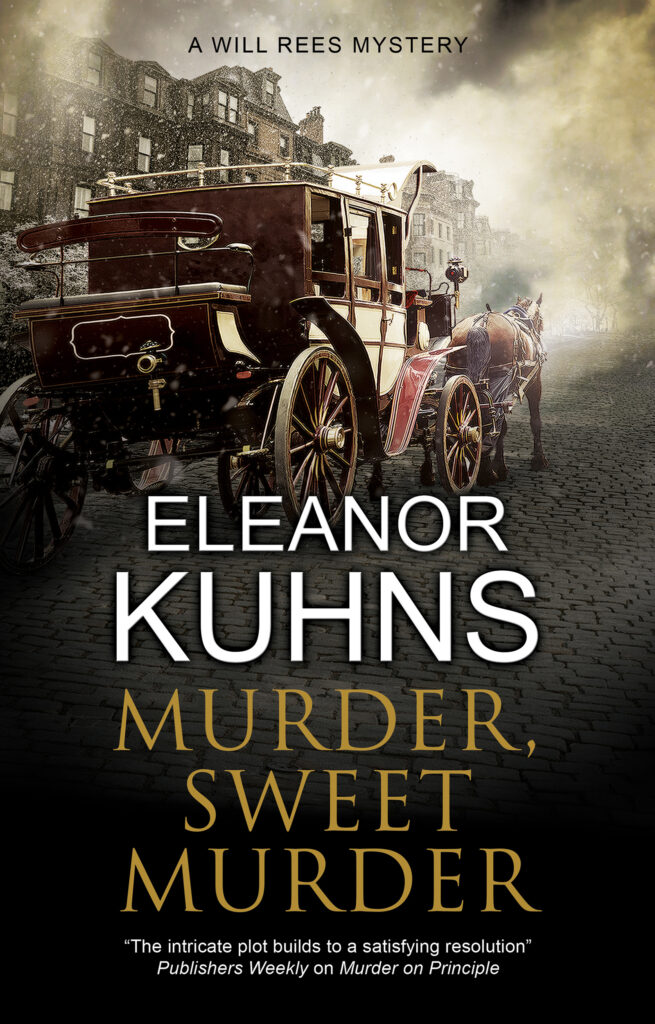Rum was the lubricant and the fuel for the engine of commerce leading up to the American Revolution and a bit beyond. It was a favorite drink of the slavers, the slaves, and pretty much everyone else. Called Nelson’s blood (as well as a number of less flattering names), rum made up part of the British sailors’ pay.
What is rum? Rum is distilled from the molasses left over from sugarcane. The cane has particular requirement and cannot be grown in the temperate lands. It must be grown with lots of sun and water. It also needs intensive labor to cut, cart and process the cane under the tropical sun. A clear and distinct link between the growing demand for sugar and slavery can be drawn because, as plantations were turned over to cane, the needs of a large work force demanded more workers – Slaves.
The slaves needed to be fed. New England ships brought dried cod, picked up the molasses for transport to the distilleries in New England. The resulting drink (called among other things, screech, kill-devil, demon water) was put in casks and sent to Africa to purchase more slaves and also to Great Britain. This was the previously discussed Triangle Trade.
Ironically, the long trips over the ocean, stored in casks, made the rum more drinkable.
Although rum was still consumed after the War for Independence, as mentioned in Murder, Sweet Murder, it was falling out of favor as the new country’s beverage. Whiskey, from rye grown in Western Pennsylvania, and distilled in the country, was considered more patriotic and as such became the drink of choice.


